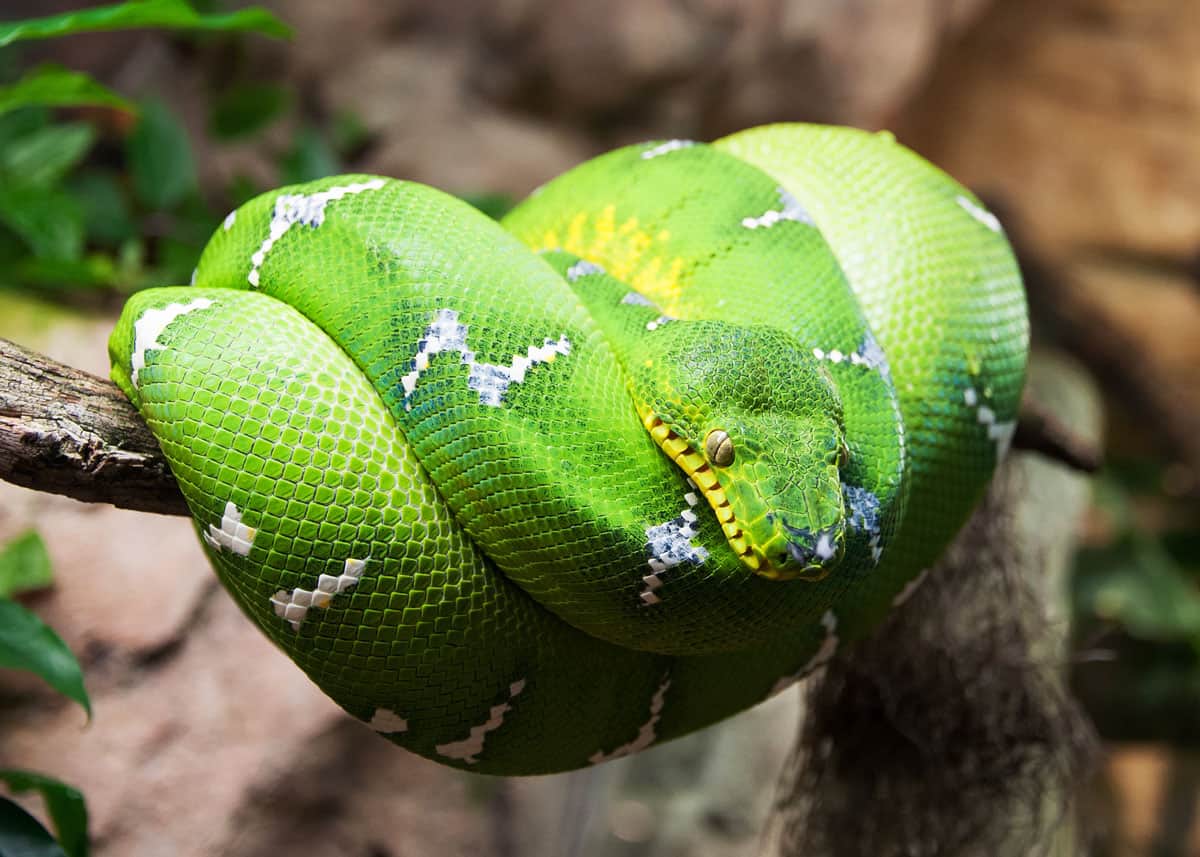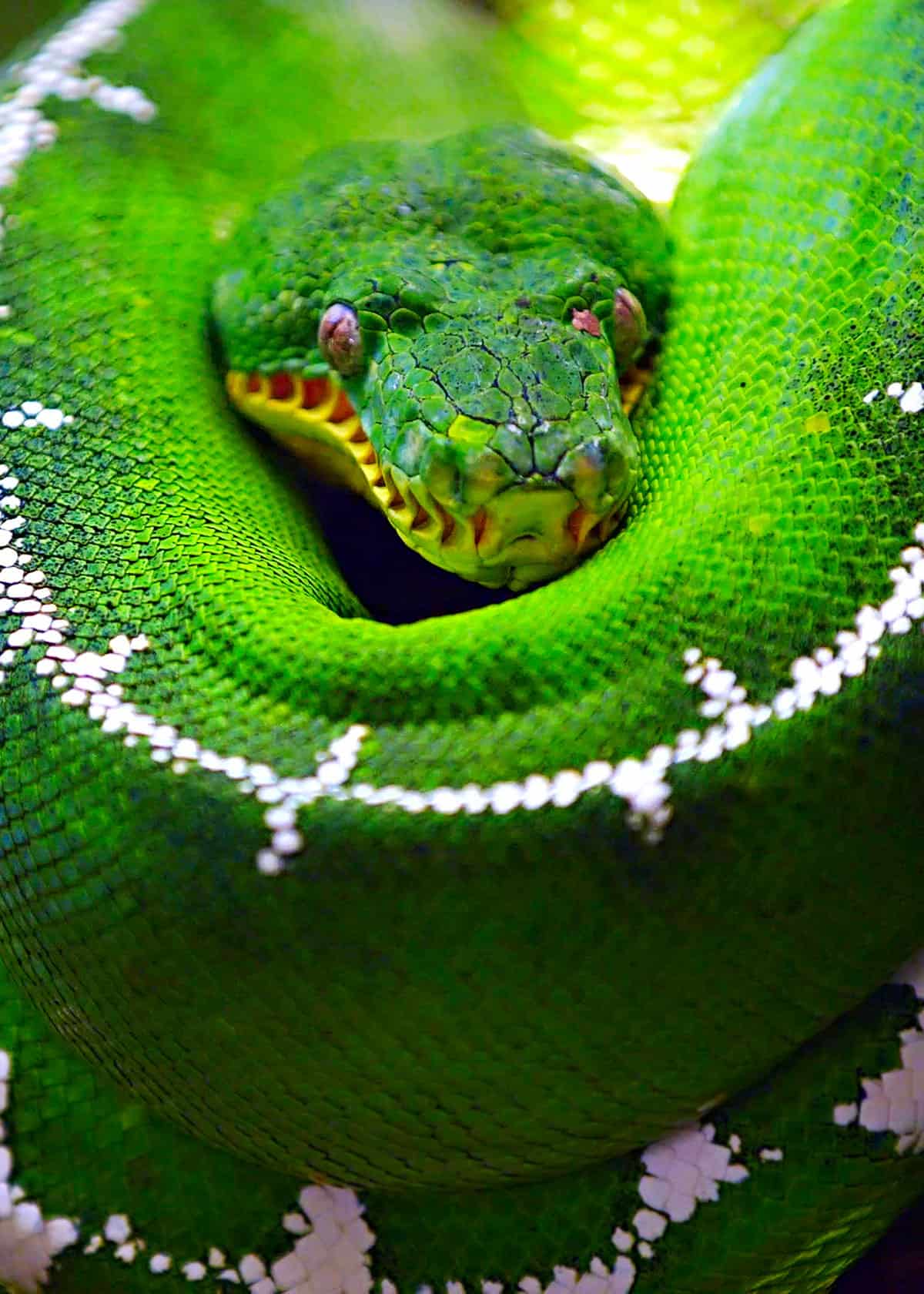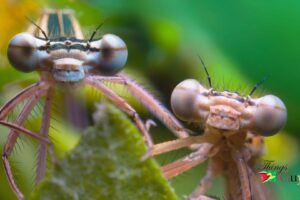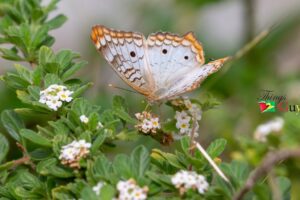With bright eyes, patterned scales and jewel-like colors, the emerald tree boa is one of the most gorgeous snakes in South America. Corallus caninus, commonly called the emerald tree boa is a specific type of non-venomous snake that lives in the tree canopies of the Amazon rainforest.
Emerald tree boas are also known for the white “lightning bolts” that Zig – Zag along their back. These markings stand out quite clearly against their green scales, so it’s easy to distinguish emeralds from other snakes that live in trees.
Description Of The Emerald Tree Boa

Emerald tree boa (Guiana Shield) Corallus caninus |
They have astonishing colors. The most common is a bright emerald green that matches their name, but they can also be a light, yellowish green or a dark olive green. Their bellies are yellow. Emerald tree boas have long, curved teeth that are much more prominent than other members of their genus. These teeth don’t contain any venom, but they play a vital role in the emerald’s hunting. The pupils are vertical like that of cats. They usually weigh between 2 – 4 pounds. Females are bigger than males. They top the scale at 3 – 4 pounds while males are slightly lighter at 2 – 3 pounds.
Types Of Emerald Tree Boa
- Guiana Shield Emerald Tree Boa: (Corallus caninus) Emerald green color with white zigzag stripes (lightning bolts) along its back. Grows to about 6 feet (1.8 m) in length.
- Amazon Basin Emerald Tree Boa: (Corallus batesii) Most noticeable difference is the white vertebral stripe that runs the length of its body. There are intermittent white crossbars with some random black spots. Its back (dorsum) is dark green and has a yellow belly. Adults grow to about 9 feet (2.7 m) in length.
Behavior Of The Emerald Tree Boa
With their natural green camouflage, emerald tree boas are most comfortable in the tree canopies of rainforests and wetlands. They slither through the leaves and coil around the branches with their entire bodies. They even have long, prehensile tails that they use for gripping. They like to curl around tree branches with their heads resting on the middle of their bodies like a pillow. Only a few other snake species do this.
They can be quite aggressive. They ambush predators that only have one strike to catch their prey off guard, so they move quickly and decisively. Guiana Shield snakes are known for being rowdier than their Amazon Basin counterparts; no one is quite sure why, but it might have something to do with their bigger range and the number of predators there. In captivity, however, emerald tree boas can be quite docile. They’re content to lay around and sun themselves on their warming rocks or under their heat lamps. When they act out, it’s usually because of illness or enclosure issues.
Diet Of The Emerald Tree Boa
Emerald tree boas are carnivores. They like frogs, lizards, rodents, squirrels, pygmy marmosets, monkeys, and other small mammals and reptiles. As nocturnal animals, emerald tree boas do most of their hunting at night. They’re ambush predators that like to slither in the shadows until it’s time to make a move.
Their green color helps with their disguise; they’re all but invisible when they blend into the leaves and branches of their favorite tropical trees. Between their natural camouflage and the darkness of the night, only the keenest of prey can see them coming. They hang from the lower branches of trees until a mouse or lizard crosses their path. Then, with their jaws wide open, they’ll strike at a downwards angle and grab their unsuspecting prey. Emerald tree boas don’t use their teeth to kill. They’re boas, and boas always constrict their prey and cause death through asphyxiation. Their teeth are only for striking, stunning, and snatching.
Reproduction Of The Emerald Tree Boa
The breeding season of this snake falls between April and July. They tend to breed once every other year. Males reach sexual maturity around 3 – 4 years old. Females develop a bit slower and reach maturity at 4 – 5 years old. They start reproducing around these ages.
Female emerald tree boas are usually larger by size; however, the males have larger spurs. Emerald tree boas usually give birth to 5 – 12 babies at a time. Emerald tree boas are red, brown and orange when they’re born, and they only lighten over time. They don’t reach full greenness until they’re around 12 months old.
Habitat Of The Emerald Tree Boa
Emerald tree boas are solitary creatures that like to live alone. They only interact with others of their kind when it’s mating season, and even then, male-female pairs only perform their reproductive duties before parting again. They don’t stick together to raise their young. In captivity, emerald tree boas have been known to lick rocks, cage walls and even their own scales to stay hydrated
Habitat Of The 2 types Of Emerald Tree Boa
- Guiana Shield Emerald Tree Boa: The first, corallus caninus, lives in the Guiana shield that consists of Guyana, French Guiana, Suriname, Colombia, Brazil and Venezuela. It’s the leaner and meaner snake. Despite the regional name (Guiana Shield), this species is also found in Ecuador’s eastern Amazon region.
- Amazon Basin Emerald Tree Boa: The second, corallus batesii, lives in the Amazon basin that includes Ecuador, Bolivia, Brazil, Colombia, Peru, and Suriname. It’s the more docile species, but it’s also rarer, so if you see one (even in captivity) it’s something to get excited about.
2 Interesting facts To Know About Emerald Tree Boa
- The snake plays an important ecological role by preying primarily on small marsupials and rodents, thus keeping their population under control.
- The part caninus in their scientific name comes from the dog-like appearance of their face.
About The Emerald Tree Boa
It’s a type of non-venomous snake that lives in the tree canopies of the Amazon rainforest. Can be found in countries such as Guyana, Venezuela, Surinam, Brazil, just to name a few. It is considered as one of the most beautiful snakes in South America. They’re specifically 2 types of the emerald tree boa. They eat lizards, frogs, rodents etc.
Article References:
- https://gringosabroad.com/emerald-tree-boa/
- http://www.animalspot.net/emerald-tree-boa.html
- https://en.wikipedia.org/wiki/Emerald_tree_boa







